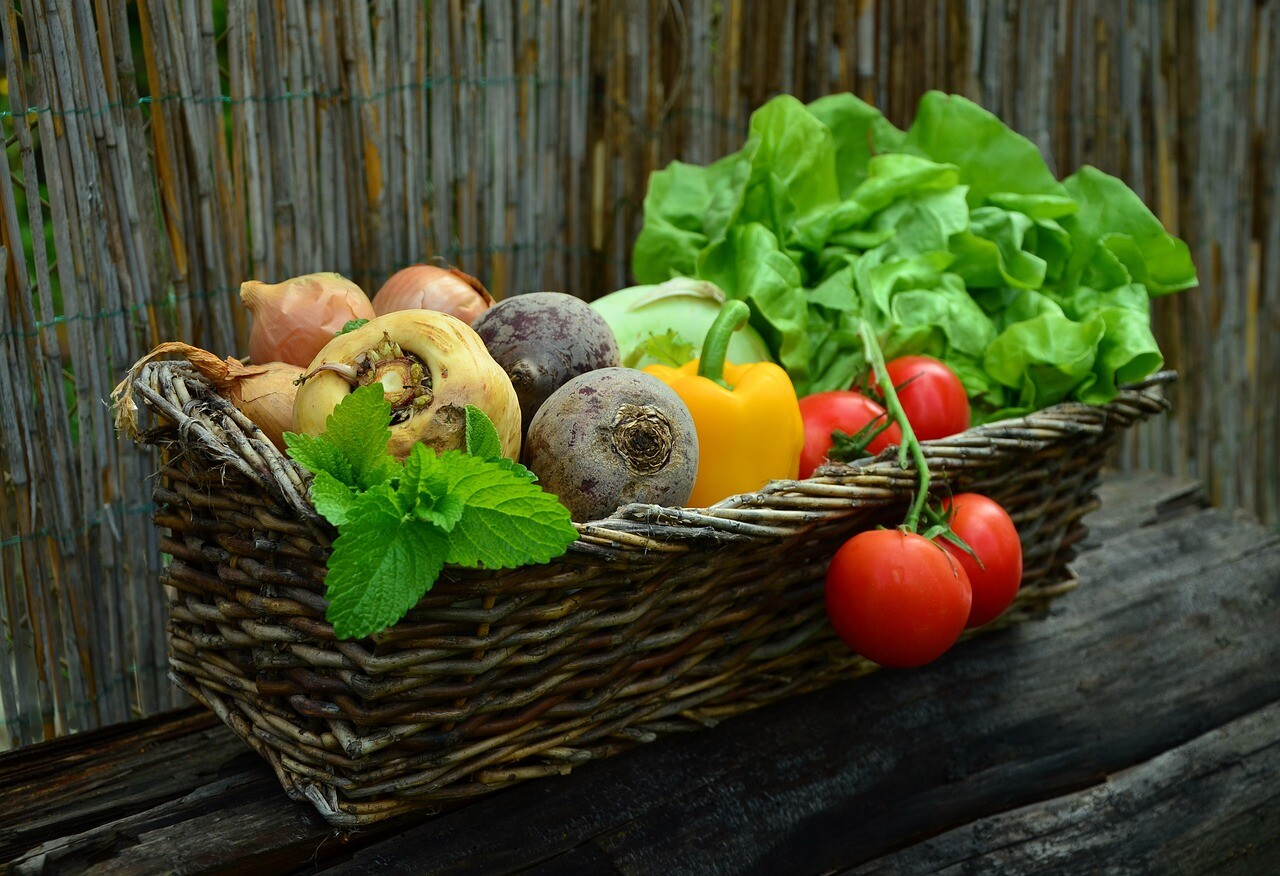
In today’s society, where we are constantly bombarded with fast foods, processed snacks, and sugary beverages, it’s easy to forget the simple yet essential elements of a balanced diet. Vegetables are the backbone of any nutritious eating plan. They are not just ingredients to add color to your plate; they are powerhouses of vitamins, minerals, antioxidants, and fiber. These humble greens have nourished humans for centuries, playing a vital role in maintaining health and well-being.
Introduction to Vegetables
Vegetables are a diverse group of plant-based foods that come in various shapes, sizes, and colors. They are typically classified into several groups based on their edible parts, such as leaves (lettuce), roots (carrots), stems (celery), bulbs (garlic), and flowers (broccoli). The rich variety means that no matter the preference, there’s a vegetable to suit every palate.
They are low in calories and fats but packed with nutrients, making them an excellent choice for weight management and general health. Whether eaten raw, cooked, steamed, grilled, or even juiced, vegetables offer a myriad of benefits that are irreplaceable in the diet.
The Nutritional Power of Vegetables
Each vegetable carries its unique set of vitamins, minerals, and phytonutrients, contributing to its role in a healthy diet. Here are some essential nutrients that vegetables offer:
- Fiber: Essential for digestive health, fiber found in vegetables helps to keep your gut healthy, regulate blood sugar levels, and reduce cholesterol.
- Vitamins: Vegetables are an excellent source of vitamins such as vitamin A (from carrots and sweet potatoes), vitamin C (from bell peppers and broccoli), and vitamin K (from leafy greens like spinach and kale).
- Minerals: Many vegetables provide vital minerals like potassium (found in potatoes and spinach), calcium (in broccoli), and magnesium (in green leafy vegetables).
- Antioxidants: These compounds, found abundantly in colorful vegetables like red peppers, tomatoes, and beets, help fight oxidative stress in the body, reducing the risk of chronic diseases.
- Phytonutrients: These naturally occurring compounds in vegetables, such as flavonoids and carotenoids, support the immune system and offer anti-inflammatory benefits.
Benefits of Vegetables in Daily Diet
Eating vegetables daily provides numerous health benefits. These include:
- Weight Management: Since vegetables are low in calories but high in fiber, they help you feel full and satisfied without overeating. Including more vegetables in your diet can reduce the overall calorie intake, which is key for weight loss or maintenance.
- Disease Prevention: A diet rich in vegetables can reduce the risk of heart disease, stroke, and some cancers. Vegetables contain antioxidants and compounds that help protect cells from damage and inflammation.
- Boosting Immunity: Vegetables such as garlic and spinach are known to boost the immune system, helping the body fight off infections and illnesses.
- Improved Skin and Hair Health: The vitamins and antioxidants in vegetables like carrots, tomatoes, and leafy greens can contribute to healthier skin and hair.
- Better Digestive Health: The high fiber content helps promote regular bowel movements and prevent constipation, ensuring a healthy digestive system.
Types of Vegetables and Their Unique Benefits
1. Leafy Greens
These are nutritional powerhouses, providing essential vitamins and minerals. Some common leafy greens include spinach, kale, collard greens, and Swiss chard.
Spinach: Packed with iron, vitamin C, and folate, spinach is excellent for boosting energy and immune function.
Kale: Known for its high vitamin K content, kale supports bone health and helps with blood clotting.
Lettuce: Low in calories but high in fiber, lettuce is great for adding volume to meals without the extra calories.
2. Cruciferous Vegetables
This group includes broccoli, cauliflower, Brussels sprouts, and cabbage. These vegetables are high in fiber and low in calories, making them excellent for weight management and digestive health.
Broccoli: Rich in vitamins C and K, broccoli also contains sulforaphane, a compound believed to have cancer-fighting properties.
Cauliflower: A versatile vegetable that can be mashed, roasted, or even turned into a pizza crust. It’s a good source of fiber and B vitamins.
3. Root Vegetables
These vegetables grow underground and are loaded with nutrients like potassium, magnesium, and fiber. Common root vegetables include carrots, sweet potatoes, and beets.
Carrots: Known for their high beta-carotene content, carrots are excellent for eye health and skin rejuvenation.
Sweet Potatoes: A rich source of fiber and vitamin A, sweet potatoes are also beneficial for blood sugar control.
Beets: High in antioxidants, beets can improve blood flow and lower blood pressure.
4. Alliums
Onions, garlic, leeks, and shallots are part of this group. They contain sulfur compounds that have been shown to lower cholesterol and boost immune function.
Garlic: Known for its ability to reduce the risk of heart disease, garlic also has antibacterial and antiviral properties.
Onions: A staple in many kitchens, onions are rich in quercetin, an antioxidant that supports heart health.
Vegetables and Their Role in Global Cuisines
Vegetables have been at the heart of many global cuisines for centuries. In Mediterranean cuisine, vegetables like tomatoes, olives, and eggplants are often used in salads, dips, and cooked dishes. In Asian cuisines, vegetables like bok choy, snow peas, and bamboo shoots add flavor and nutrition to stir-fries, soups, and dumplings.
Latin American cuisine frequently features root vegetables like potatoes and yams, as well as corn and beans, in a variety of traditional dishes. The African diet incorporates a wide range of leafy greens, yams, and plantains, which are cooked into hearty stews and soups.
Cooking and Preparing Vegetables
The way vegetables are prepared can impact their nutritional value. Here are some tips for getting the most out of your vegetables:
Raw vs. Cooked: Some vegetables, like spinach and tomatoes, release more nutrients when cooked, while others, like bell peppers and broccoli, are more nutritious when eaten raw.
Steaming: Steaming vegetables helps preserve their nutrients compared to boiling, where some vitamins and minerals are lost in the water.
Roasting and Grilling: Roasting vegetables like carrots, sweet potatoes, and Brussels sprouts can enhance their natural sweetness without adding unhealthy fats.
Blending: Blending vegetables into smoothies or soups is a great way to consume a larger quantity without feeling overwhelmed by eating large portions.
Encouraging Vegetable Consumption
Despite the well-known benefits of vegetables, many people struggle to incorporate enough of them into their diet. Here are some practical tips:
- Start small: If you're not used to eating vegetables, start by adding one vegetable to your meals each day and gradually increase the variety and amount.
- Mix them into dishes: Add vegetables to soups, stews, pasta, and even smoothies to boost your intake without making drastic changes to your eating habits.
- Try new recipes: Experimenting with new ways to cook and season vegetables can make them more appealing.
- Try roasting broccoli with garlic and olive oil or making a stir-fry with bell peppers, onions, and tofu.
Conclusion
Vegetables are an integral part of a healthy and balanced diet. With their wide range of nutrients, flavors, and textures, they not only enhance the taste of meals but also play a crucial role in preventing diseases and promoting overall health. By making vegetables a central part of your diet, you are taking a step toward a healthier, more vibrant life.



